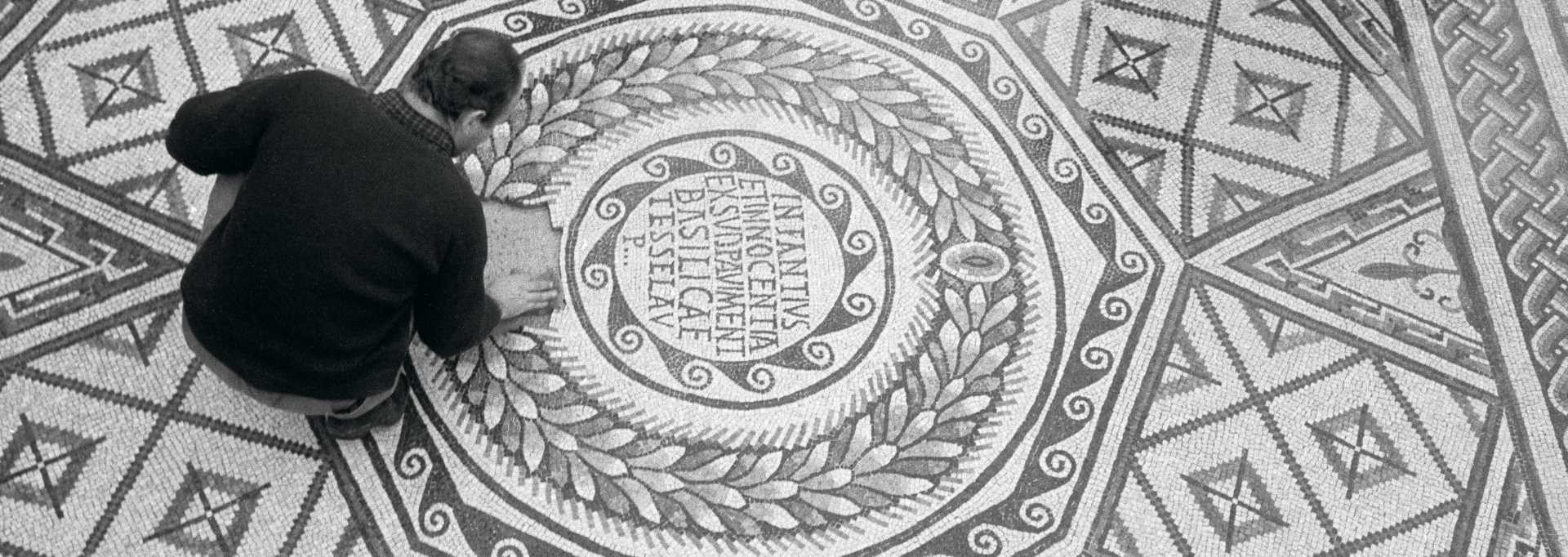Nikola Vranić, Vinko Marinarić, Rudolf Bartolović, Živko Bačić and Miljenko Mojaš
Conservation photography observed in terms of the value of creation and sharing
European Heritage Days 2018 aimed to highlight the values of creating and sharing. The very foundations of the conservation service undeniably lie on the same principle: to preserve what has been created by previous generations and foster public awareness, reinterpretation and passing the heritage on to future generations. Among other things, this can be done by utilising photography, which over the past century and a half has come to be regarded not only as one of the key forms of communication and interaction, but also as one of the cornerstones of an exemplary and efficient cultural heritage conservation activity.
Conservation activity can hardly be imagined without conservation records. The records constitute a basis, a starting point for any expert wishing to pursue their work, whether theoretical or practical. Conservation photography is integral part to conservation records and as such absolutely deserves the title of visual custodian of the state of heritage, given that it bears witness to the constant change in monuments with the passing of time. Thanks to conservation photography, we now know what a particular monument looked like at a certain point in history - a monument that has since been lost to us either partially or completely. Alternatively, we gain information on the monuments’ appearance before, during, and after conservation and/or restoration work.
However, if we step back to observe conservation photography records in their totality, we realise that conservation photography should be regarded as a broad range of visuals, incorporating and intertwining a multi-layered subject matter, thus enabling us to transcend the usual subject matter pertinent to expertise on monuments, and to unveil historical and social topics, life topics, landscapes, ambiences, photo journals, portraits, etc.
Role of conservation photography in the history of the service
The first organisation concerned with the preservation of monuments in this region goes back more than a century and a half ago, more specifically, to 1854, when a number of highly esteemed professionals working in culture and science in the hubs of their respective crown lands were promoted and appointed to the role of first state conservators by the Central Committee for Research and Maintenance of Architectural Monuments (K. K. Central-Commission zur Erforschung und Erhaltung der Baudenkmale), which was founded in Vienna in 1850, soon after the revolutionary and turbulent 1948, and was assigned the clear task of emphasising the importance of protection of cultural monuments and activities in this field in general. Vicko Andrić, Ivan Kukuljević Sakcinski, and Pietro Kandler were appointed to this honourable function in Dalmatia, Croatia and Slavonia, and Istria, respectively.
Photography was a faithful companion and a pillar of preservation of heritage for almost as long as the Central Committee and its cultural counterparts (e.g. National Museum or Yugoslav Academy of Arts and Sciences) were in existence. Once a modern conservation service was founded under the patronage of the National Commission for the Preservation of Artistic and Historical Monuments in the Kingdoms of Croatia and Slavonia in Zagreb in 1910, following the recognition of the need for preservation of monuments in respect of their artistic significance and organic development, photography became a cornerstone of the service, which Gjuro Szabo and Vladimir Tkalčić should be given greatest credit for.
Nevertheless, conservation photography will not flourish until the second half of the 20th century, when the service multi-layered structure, along with a growing number of field institutions across the region, welcomed a number of professional photographers among their ranks. Nikola Nino Vranić, Vinko Malinarić, Rudolf Rudika Bartolović, Živko Bačić and Miljenko Miliko Mojaš all carved out not only long but also distinguished careers in this diverse working environment. In the scores of photographic images they made, more specifically several hundred thousand negatives and their positives (photographs), they documented, or better yet recorded for posterity, the heritage that in some cases has changed significantly or even perished with the passing of time.






